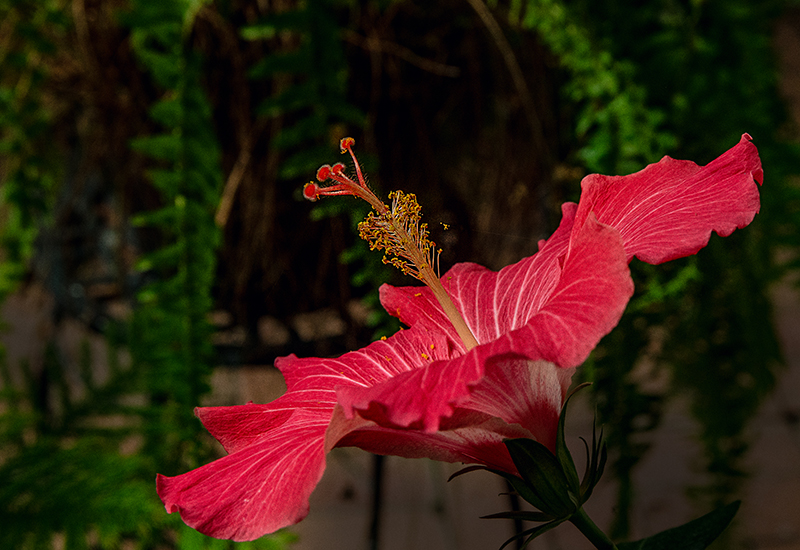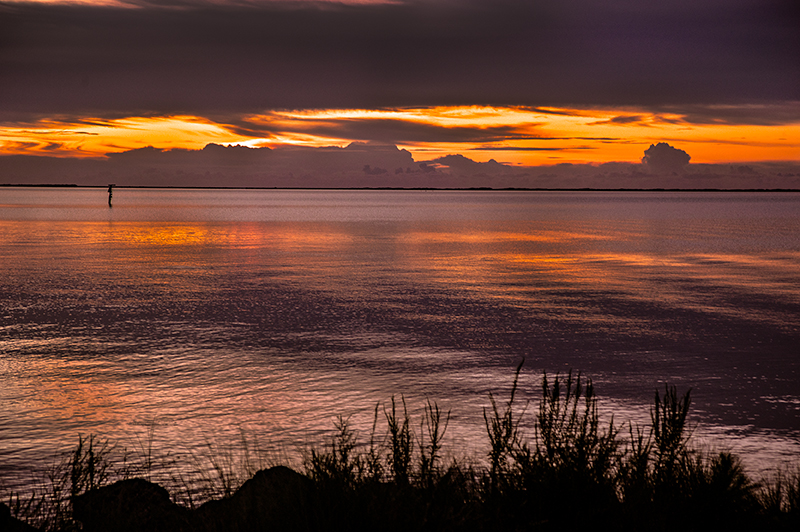Images
A photographic passion was born…
…in 1967 in a black & white darkroom. Old habits die hard, or not at all. Goose bumps accompanied observing a b&w print evolve in a tray of developer, no matter how often I witnessed this phenomenon. Now, the thrill “is not gone” whenever I see a b&w appear on my computer monitor. I like color, but I will never lose a passion for b&w.

1. Poetic shrimp trawler names in the Oriental, NC harbor.
Distinctive note cards for discriminating tastes …
Note cards from most images on this website, 5.5 × 8.5, on 8.5 × 11 heavy weight, Canson’s Baryta Fine Art Paper, archival chrome inks, individually printed and signed, with envelopes, are $8.00 each, 5 for $35.00
Enlarged photos for framing, up to 12 × 18, are printed on the same Canson Baryta Fine Art Paper. Price of enlarged photos is determined by size. Learn more about pricing and ordering note cards or prints,
contact ben@towndock.net.
or text me at 252-675-1230.

2. The name of a trawler can characterize a working life on the water.

3. Dawson’s Creek on a winter day.

4. On Kershaw Creek. … Kershaw Creek headwaters cross Kershaw Road near the site of the first motorized school bus placed in service in North Carolina just north of Oriental, NC.

5. Winter 2001
Historically, a significant print, this area is now the Oriental Harbor Marina with about 150 slips for sailing vessels and power boats, all recreational. Adjacent to the Oriental Harbor Marina is the old Oriental harbor where a typical day sees a small number of working shrimp trawlers tied to the docks compared to the number of recreational boats at Oriental Harbor Marina.
Early in my photography career…
…I was enriched reading about famous artists who spent time in and around Taos, New Mexico. I once used a poster of Georgia O’Keefe’s sunflower painting for a children’s sermon to illustrate nature as an original artist. At Taos, Paul Strand convinced Ansel Adams to pursue his passion for photography over his formal training as a concert pianist.
Jumping ahead to the next century, older photographers, sometimes limited by how one feels on a given day, often pursue subjects within walking distance of the back door … Sunflowers painted by camera, with homage to Georgia O’Keefe.

6.

7. Rear Window.

8. Profile.

9.

10.Transitioning to a different life cycle, Don Lee Farms, Arapahoe.

11.

11-A.

11-AA.

11-B. The only proper place for monarchs, in a bed of zinnias.

11-C.

11-D.

12. Tropical hibiscus bloom, early fall.

I hand-craft bud vases from solid black walnut or solid red cedar, also for sale.
Contact ben@towndock.net.
A note about the note cards.
A reminder, each image as a note card or enlarged photo is an original, signed print. One of my all time favorite nature images captured in my 58 years of serious photographic endeavors is this humming bird. It was a birthday card for my oldest sister’s 91st birthday. Shared with the best of friends and relatives, the cards are often considered not merely a note card, but a gift. The front of the card is a print which can be tastefully framed, or with personal notes written on the inside, they can be used for a myriad of occasions: expressing spontaneous joy, uplifting a friend or relative, expressing comfort when someone has suffered a loss, congratulatory acknowledgements.

13.

14.

15

16.

17.

18. Johnny and B.T., Dawson’s Creek foggy morn.

19. Oriental dock, back in the days of film.

20. Raindrops kept fallin’ on BJ Thomas … but he never stopped the rain by complainin’ … and I don’t either.

21. Water hyacinth, bed of the Trent River near Trenton.

22. The life of an independent commercial fisherman with a small operation.

23. Ospreys, commonly known as sea hawks, and the name of a line of small outboard vessels.

24. A traditional Core Sound fishing skiff.

25. Neuse River #1, a pelican watch at the confluence of the Neuse River and Pamlico Sound.

26. They should be the state flower of North Carolina, ditch bank day lilies.

28. A 1940s – 1960s tobacco barn, from. another era of “good ol’ days.”

29. Serenity … comes in all forms.

30. Approaching cold front … but not really cooler.

31. Serene morning, Core Sound, Sept 5, 2025.

32. Nor’easter aftermath.

33. Smith Creek pancakes, tall stack.

34. Swamp daisies, late September following the emergence of spider lilies.

Coastal counties experience BW rise
People with property on the sounds and oceans are dealing with sea level rise. A consequential phenomenon, brackish water rise, is confronting those who live on coastal creeks and rivers which feed into the sounds. A very short ride on Oriental’s Kershaw Creek produces revealing images.
Sea level rise pushes sea water into the sounds. When pushed into the bordering creeks and rivers, this water mixes with relatively fresh water creating brackish water. Great for speckled trout, flounder, blue crabs and other species that like brackish water, but too much of a good thing is not always a good thing. Pines, cedars, and other vegetation on the banks of creeks and rivers thrive on fresh water.
This is not a consequence of erosion. As Duke geologist Orin Pilkey has explained, shoreline sand does not erode, it simply moves from place to place when the forces of nature move it. These images are representative of a growing trend on the banks of coastal creeks and rivers that empty into coastal sounds as brackish water rises.

Sea level rise thus impacts much more than ocean front property.








Sound People: The book has been released.
Ben Casey explores a threatened way of life in Down East Carteret County, NC
Sound People presents Casey’s interviews with fishermen, boat builders and tradespeople. Families that have lived on Core Sound for generations, and even those that chose to leave. All add to the story in Sound People…

Super Moon - Harvest Moon - Carolina Moon - Moon River -
July 12, 2014 Moonrise over – no Ansel Adams, not over Hernandez – but over the Lower Neuse River


Diamonds on the water

Sparkling diamonds, as bright as any mined from the earth, add value to whatever the fisherman’s catch will be.

Winter skies

It was an ordinary winter afternoon for an ordinary excursion. The motor vessel’s pistons needed exercise. Arriving in the Oriental Harbor, it was time for the first curtain call … another ordinary drama, sunset.

A memorable reflection ...
Some 27 years ago a bright, vibrant little girl, Mary Lee Casey, caught her first fish here. These pilings are what is left of the River Neuse Motel’s original pier in Oriental, NC. It has succumbed to the ravages of more than a quarter century of major hurricanes. Riding past on Saturday, December 21, the day on the calendar which heralds the beginning of new light for the next six months, the foggy scene tugged at her father’s emotions.
The pier is diminished, but not the feelings.


Ditchbank Daylillies and the Ten Commandments
What a juxtaposition! Read all about it.

